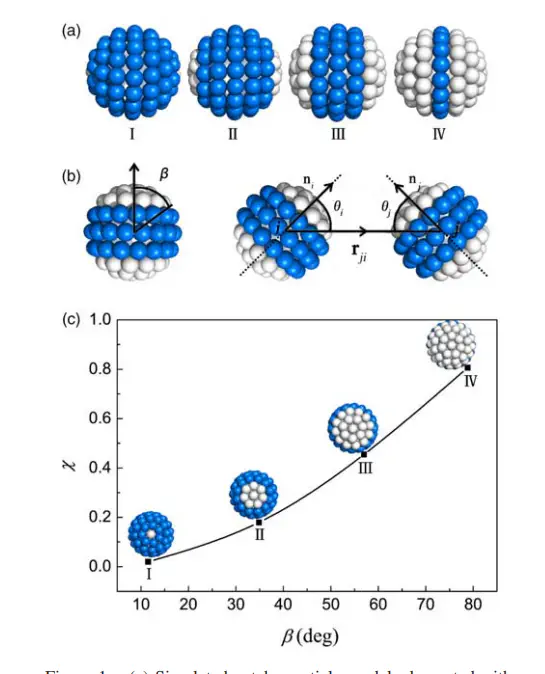
摘要
We study the self-assembly behaviour of two-patch particles with D1h symmetry by using Brownian dynamics simulations. The self-assembly process of two-patch particles with diverse patch coverage in two selective solvent conditions is investigated. The patchy particles in a solvent that is bad for patches but good for matrix form linear thread-like structures with low patch coverage, whereas they form 3D network structures with relatively high patch coverage on surface. For patchy particles in a solvent which is good for patches but bad for body, monolayer structures are obtained at high patch coverage, and some cluster structures emerge when surface patch coverage is low.
类型
出版物
Molecular Simulation